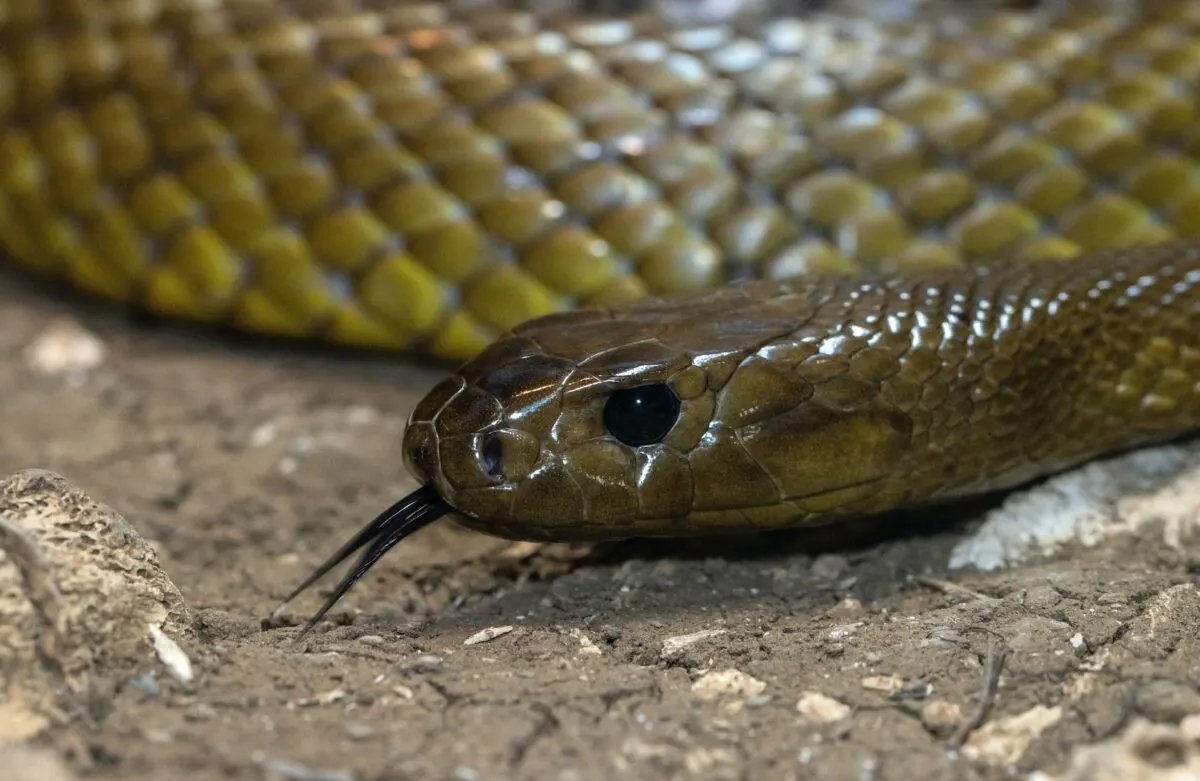The snake world is home to an array of remarkable and diverse species, with each possessing its unique adaptations for survival. Among these, the Inland Taipan, also known as the “fierce snake” or “small-scaled snake,” stands out due to its extraordinarily potent venom. This fascinating reptile, with its silent demeanor and deadly bite, has captivated the interest of herpetologists and the general public alike. This article explores the etiology of the Inland Taipan’s venom, its biological significance, and how it shapes our relationship with this remarkable species.
Introduction to the Inland Taipan
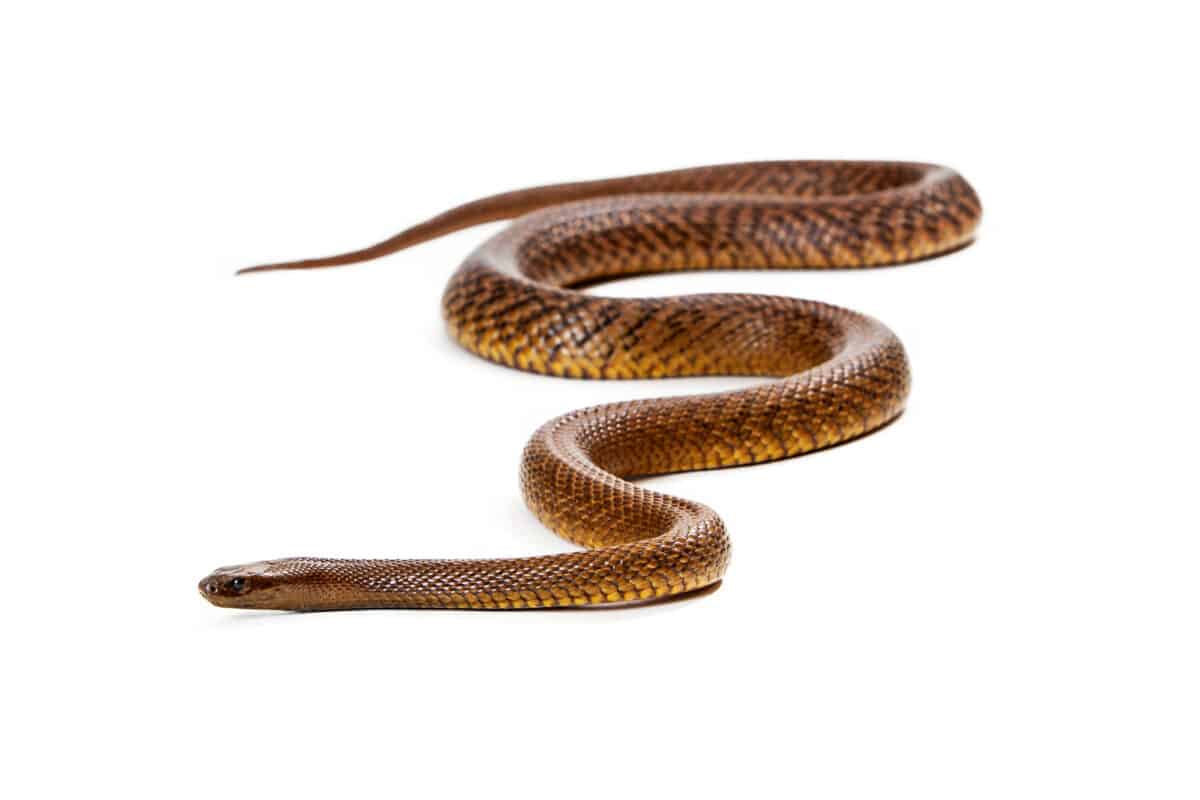
The Inland Taipan is often referred to as the most venomous snake in the world. Despite its intimidating reputation, this reptile is reclusive and rarely encounters humans in its natural habitat. Found primarily in the semi-arid regions of central east Australia, the Inland Taipan is a master of its environment, favoring deep cracks in the clay soil where it can hunt and hide.
Physical Characteristics of the Inland Taipan
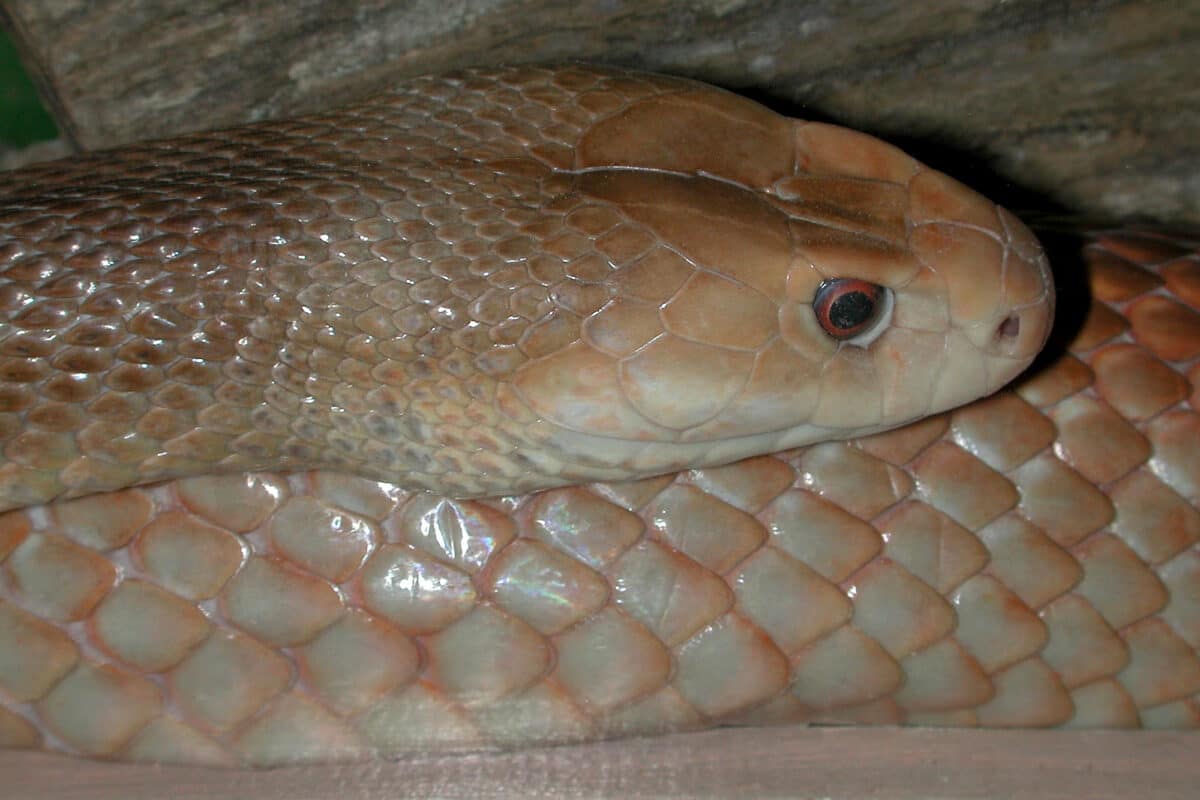
The Inland Taipan boasts a striking appearance, with a slender body typically ranging from 1.8 to 2.5 meters in length. Its coloration can vary with the seasons, appearing dark brown or black in the cooler months and lighter drab olive in the warmer season to aid in temperature regulation. This adaptive coloration not only protects the snake from predators but also assists in thermoregulation and camouflage.
The Composition of Inland Taipan Venom
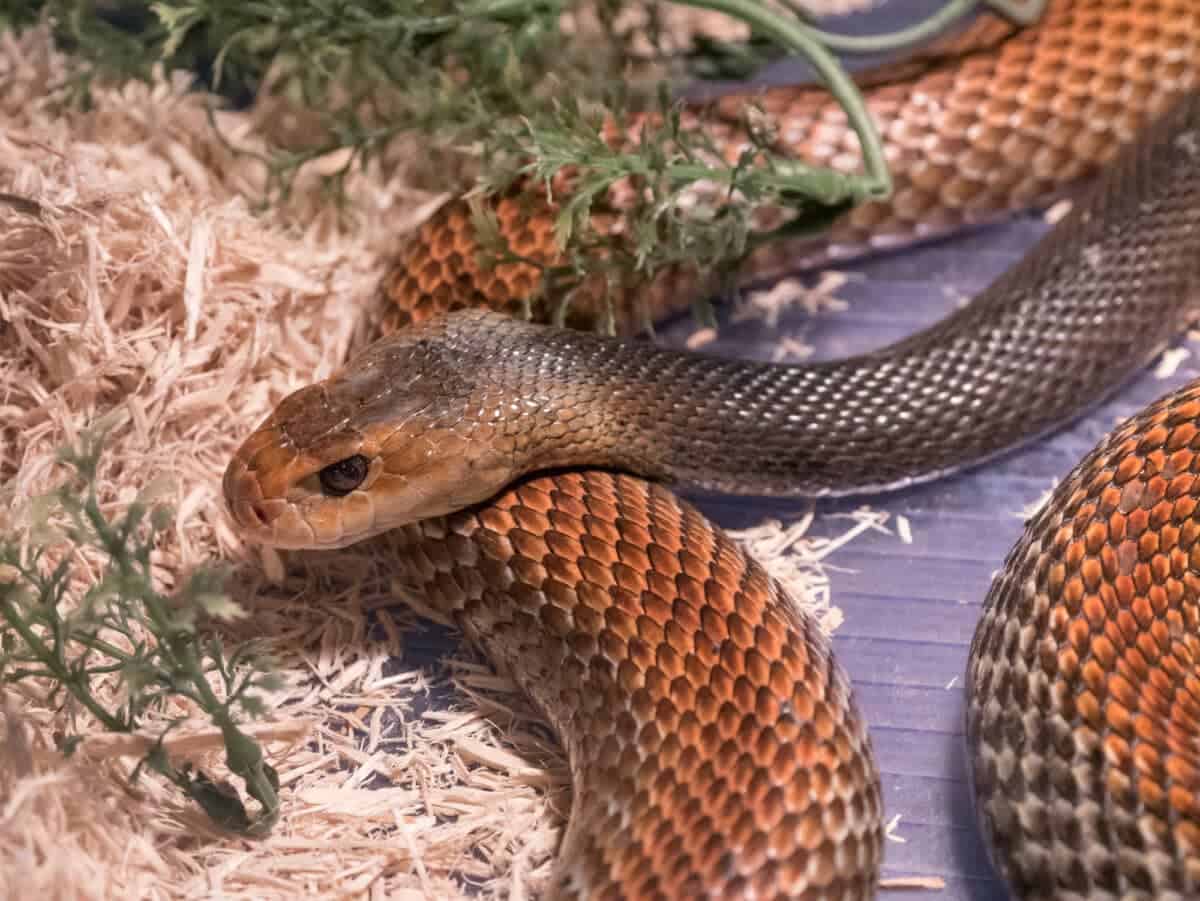
What sets the Inland Taipan apart is its venom, a complex cocktail of enzymes and proteins specifically designed to immobilize its prey swiftly. The snake’s venom contains taipoxin, a powerful neurotoxic enzyme that disrupts nerve and muscle function by blocking nerve signal transmission. Even tiny amounts of this venom can be lethal to potential prey.
Lethality and Potency of the Venom

When measured for toxicity, the Inland Taipan’s venom surpasses that of any other snake. A single bite contains enough venom to kill up to 100 adult humans or 250,000 mice. However, it’s crucial to remember this snake is not aggressive by nature and envenomation incidents are exceedingly rare.
Venom Delivery Mechanism
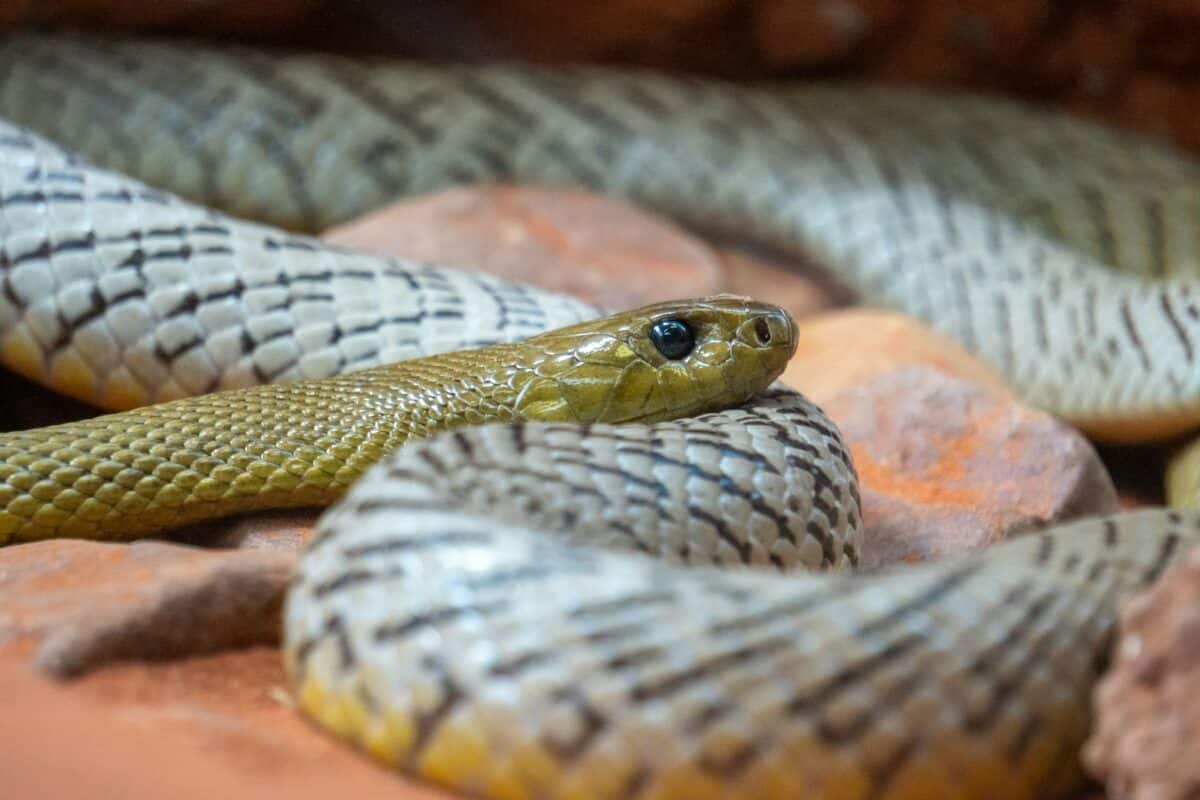
The Inland Taipan is equipped with proportionally long fangs relative to its body size, which it uses for efficient venom delivery. This precise mechanism ensures that when the snake strikes, its prey is immediately incapacitated, providing an additional advantage in its harsh, arid environment where losing a meal could be a matter of life or death.
Behavior and Hunting Practices
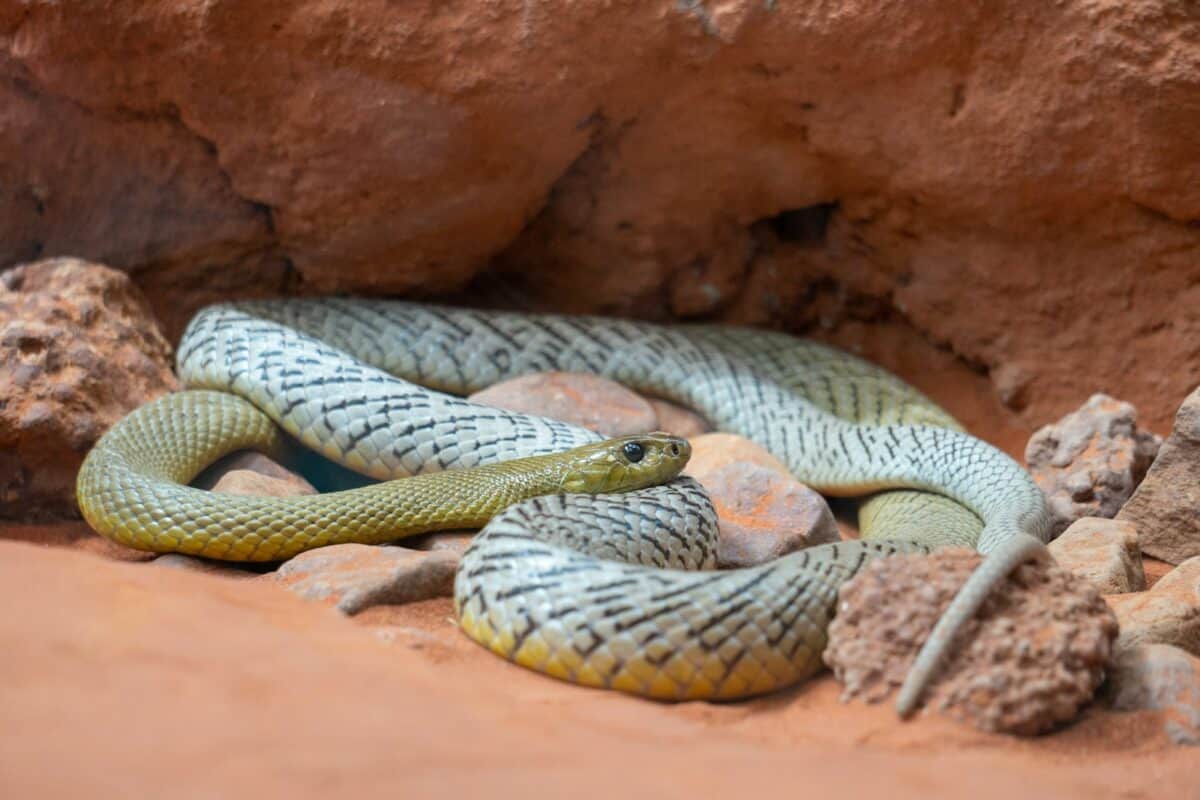
Unlike other aggressive species, the Inland Taipan prefers flight over fight when confronted by threat. Its cautious approach and preference for hunting in seclusion underscore its cryptic nature. Preying primarily on small mammals, such as rats and mice, the Inland Taipan relies on its acute sense of smell and heat sensors to track down prey.
Reproduction and Lifecycle
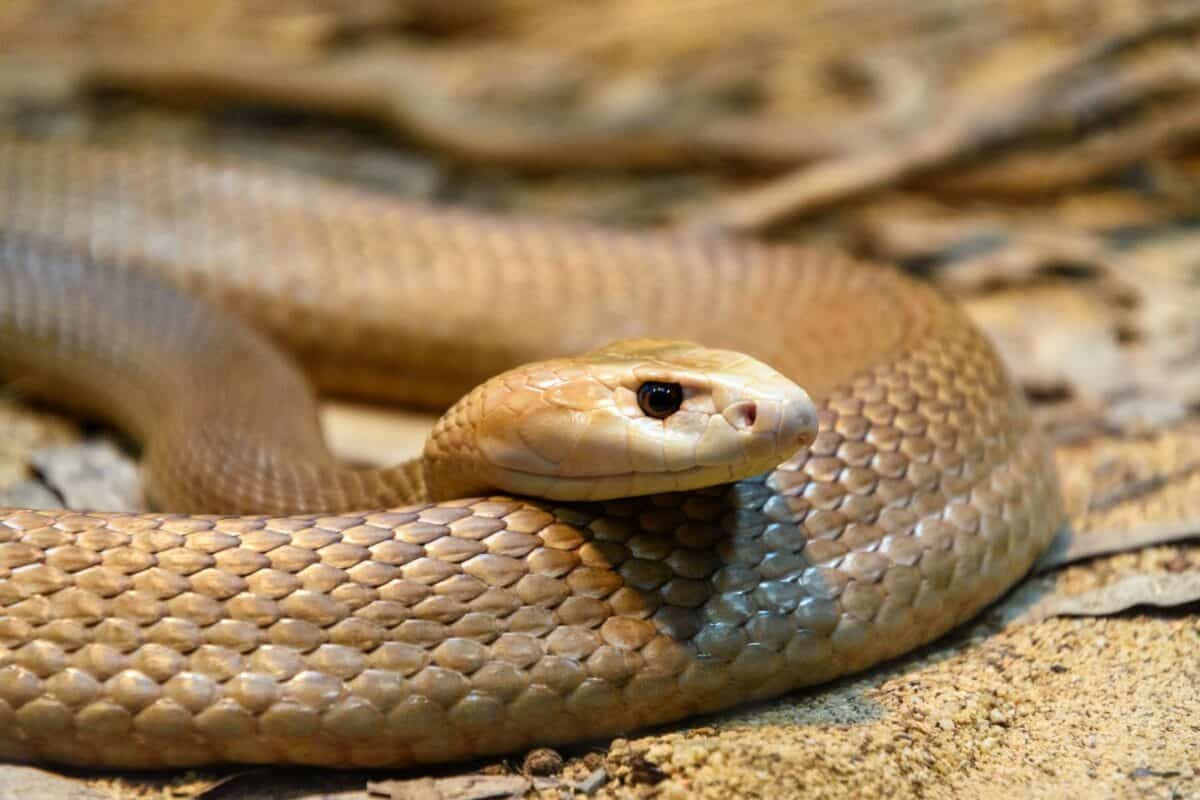
The Inland Taipan follows the typical reproductive cycles of snakes, mating during spring when food is plentiful. Females can lay between 12-20 eggs per clutch, usually in abandoned animal burrows to provide a stable environment for the developing offspring.
Role in the Ecosystem
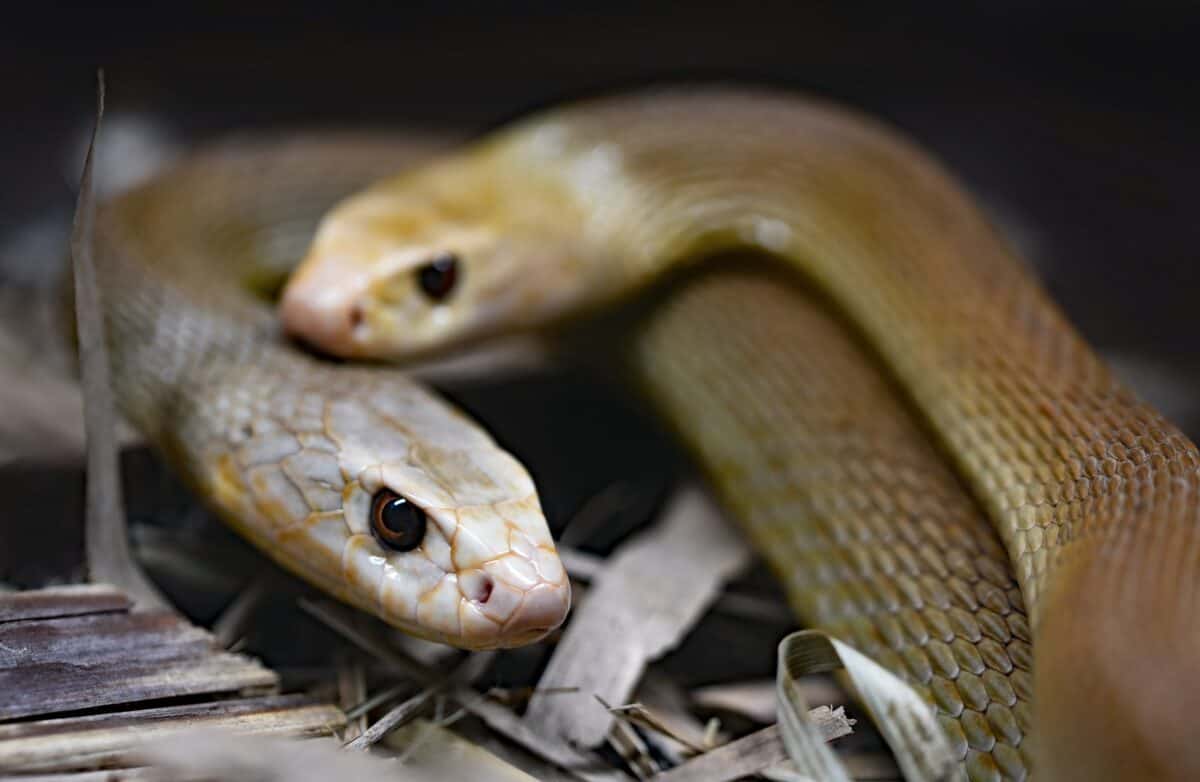
This serpent plays a vital role in its ecosystem, controlling the rodent population, which in turn helps maintain the balance of the food web. By preying on house mice and other pests, the Inland Taipan indirectly supports agriculture, making its presence beneficial to humans in its native regions.
Human Interactions and Safety Measures
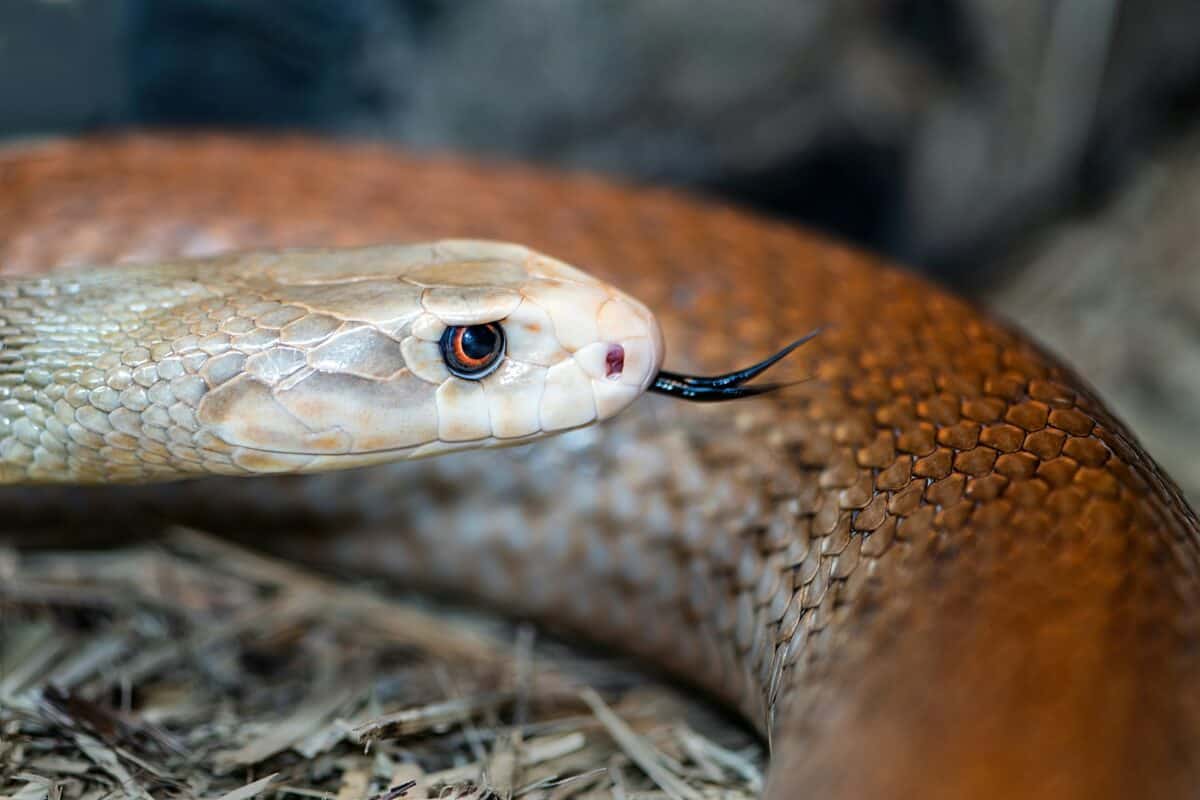
Despite its venomous nature, the Inland Taipan has a very low human interaction rate. When left undisturbed, this snake is non-confrontational. Encounters are infrequent due to its remote habitat. Nevertheless, increased awareness and education about its behavior are crucial, especially in areas bordering its habitat.
Conservation Status
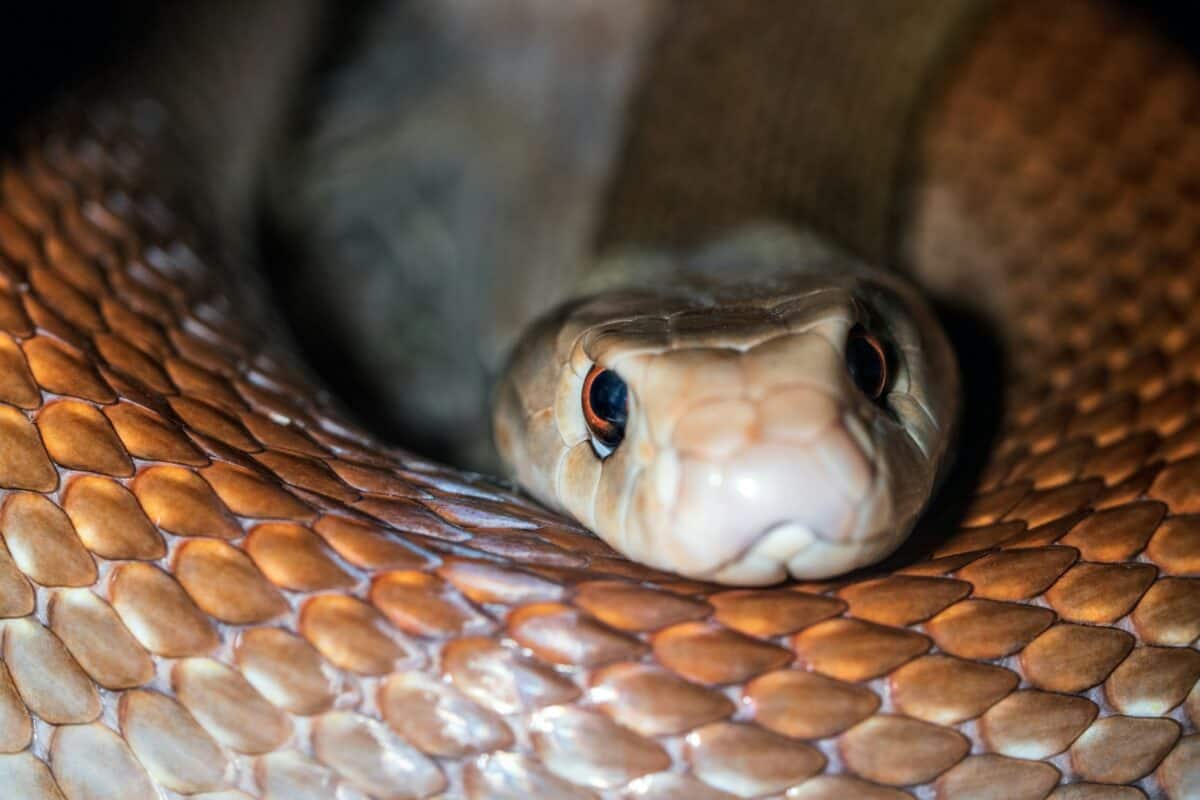
Currently, the Inland Taipan is not listed as endangered, but like many species, it faces threats from habitat destruction and climate change. Conservation efforts focus on habitat preservation and reducing human-altered impacts on its natural environment.
Interesting Facts About the Inland Taipan
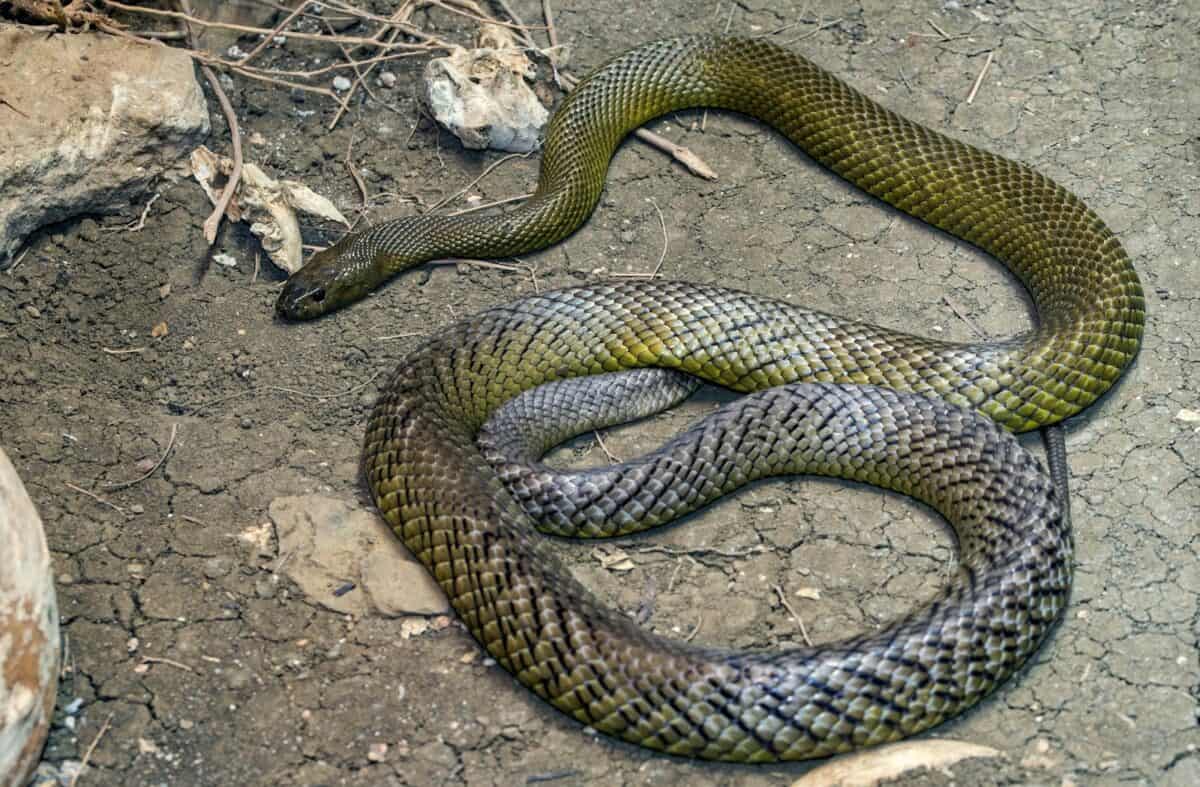
The Inland Taipan is a marvel of evolution not just for its venom but also for its ability to adapt to one of the most inhospitable environments in Australia. Understanding its ecology offers insights into how life can thrive in such diverse conditions, showcasing nature’s versatility and resourcefulness.
Conclusion: Understanding the Balance
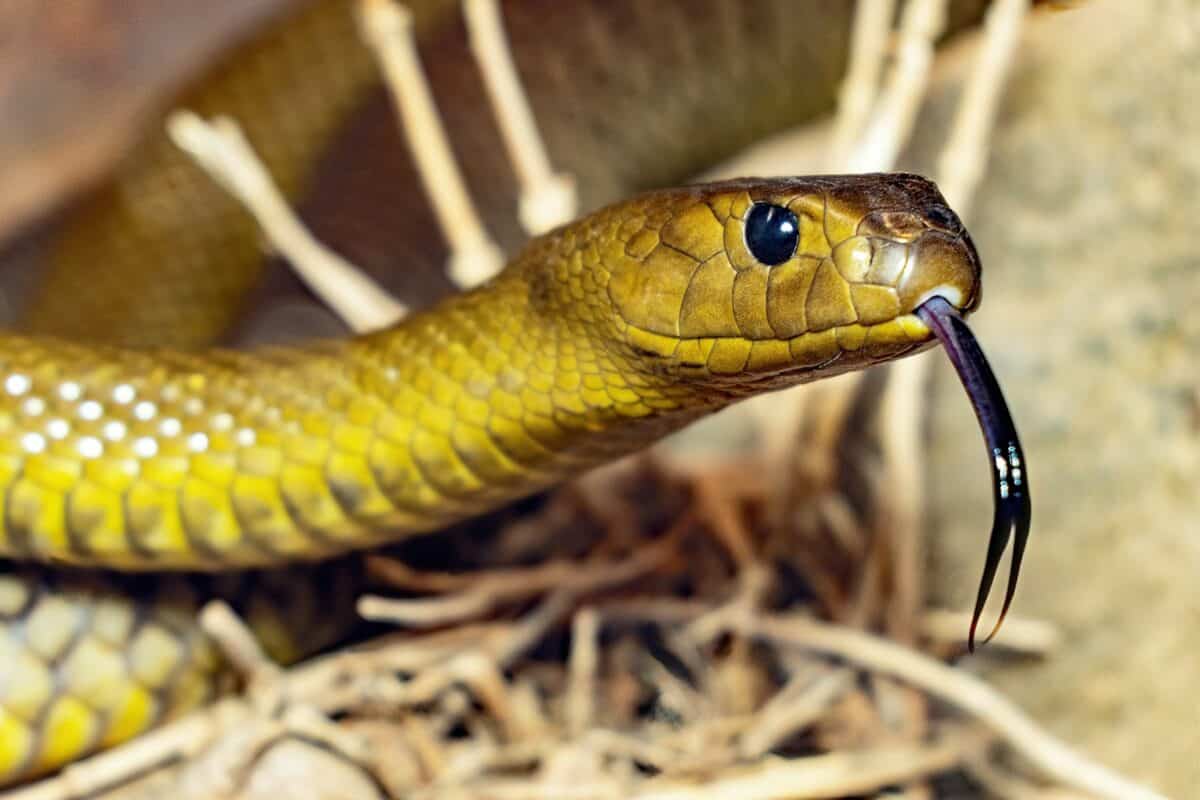
The story of the Inland Taipan is a reminder of nature’s delicate balance. Its potent venom is a marvel of evolutionary adaptation, ensuring survival in an unforgiving environment. Thus, while the Inland Taipan commands respect for its lethal potential, it also invites admiration for its role in maintaining ecological harmony. By cultivating a greater understanding of this unique species, we can foster coexistence and stewardship, ensuring this fascinating creature continues to thrive in its natural habitat.
- Eagles vs. Snakes: Who Would Win? - August 9, 2025
- Why Pandas Were Once Nearly Extinct—and How China Saved Them - August 9, 2025
- This Fish Has the Most Teeth in the Ocean—And Uses Them Well - August 9, 2025

